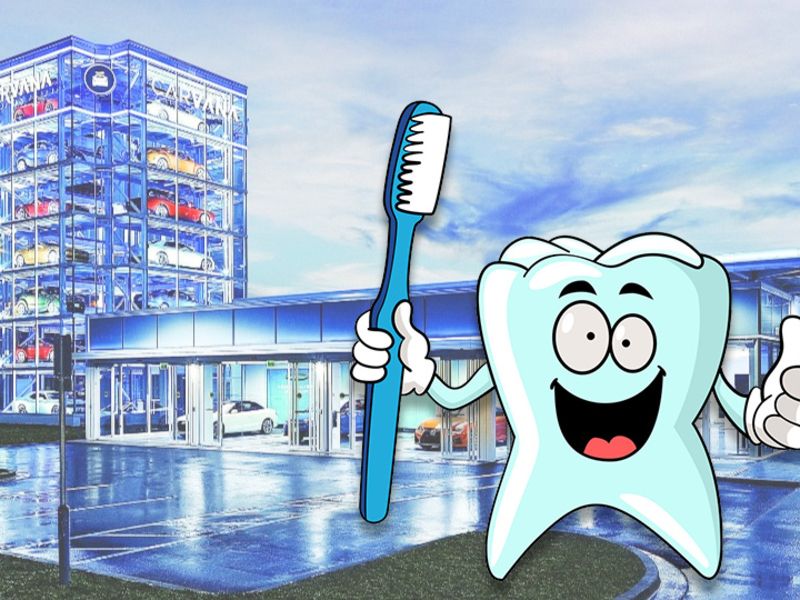
In the roughly two-plus minutes it takes to brush your teeth, Carvana sells — or buys — another car.
That analogy comes from the online used-car retailer’s Online Car Buyer Report, which reports that Carvana sold 244,000 vehicles in 2020 — or one every 2.2 minutes on average. Sales volume rose 37 percent compared with 2019 — an impressive jump though a slowdown from triple-digit growth in prior years.
Maybe even more important is that Carvana last year also bought a vehicle from a customer every 2.5 minutes on average for a total of 203,000 purchased during 2020. In the aforementioned report, Carvana touted its digital-first sales as a safe, contactless way for people to get rid of their vehicles.
Carvana, like other used-vehicle retailers, is keen on buying consumer vehicles, particularly as it seeks a bigger share of the used-vehicle market.
We frequently hear from dealers that the hunt for decent used inventory has only gotten harder. Some hit the digital streets, so to speak, scouting places such as the increasingly popular Facebook Marketplace or the increasingly less popular Craigslist.
Much of the time and energy spent on that hunt could be saved if dealers could buy more vehicles directly from their own customers — a pitch Carvana is making on its website.
Some dealers have done this for years, with many featuring a prominent “sell us your car” button on store websites.
Carvana’s numbers, on top of the surge in digital business, demonstrate the importance of the concept. The 203,000 vehicles the company bought from customers last year represented 60 percent of all vehicles purchased by the company during its history, and it marked an eightfold increase from two years earlier. In the third quarter of 2020, Carvana bought more cars from customers than it sold to them.
Of course, it is one thing to buy customer cars. It is quite another to have them sale-ready.
As Carvana took in unprecedented numbers of vehicles last year, it ran into reconditioning constraints, including some caused by the COVID-19 pandemic. To ease such constraints, the company opened four reconditioning centers in 2020 and plans to add another this year and eight more in 2022.
That would bring Carvana’s annual reconditioning capacity to 1.25 million vehicles, CEO Ernie Garcia said in an earnings call last month. Since December, Carvana has increased reconditioning production capacity by 40 percent.
What does it all mean? Given increased competition in the digital space, the hunt for used cars will not get any easier. And once vehicles are acquired, getting them ready for sale poses its own challenge.